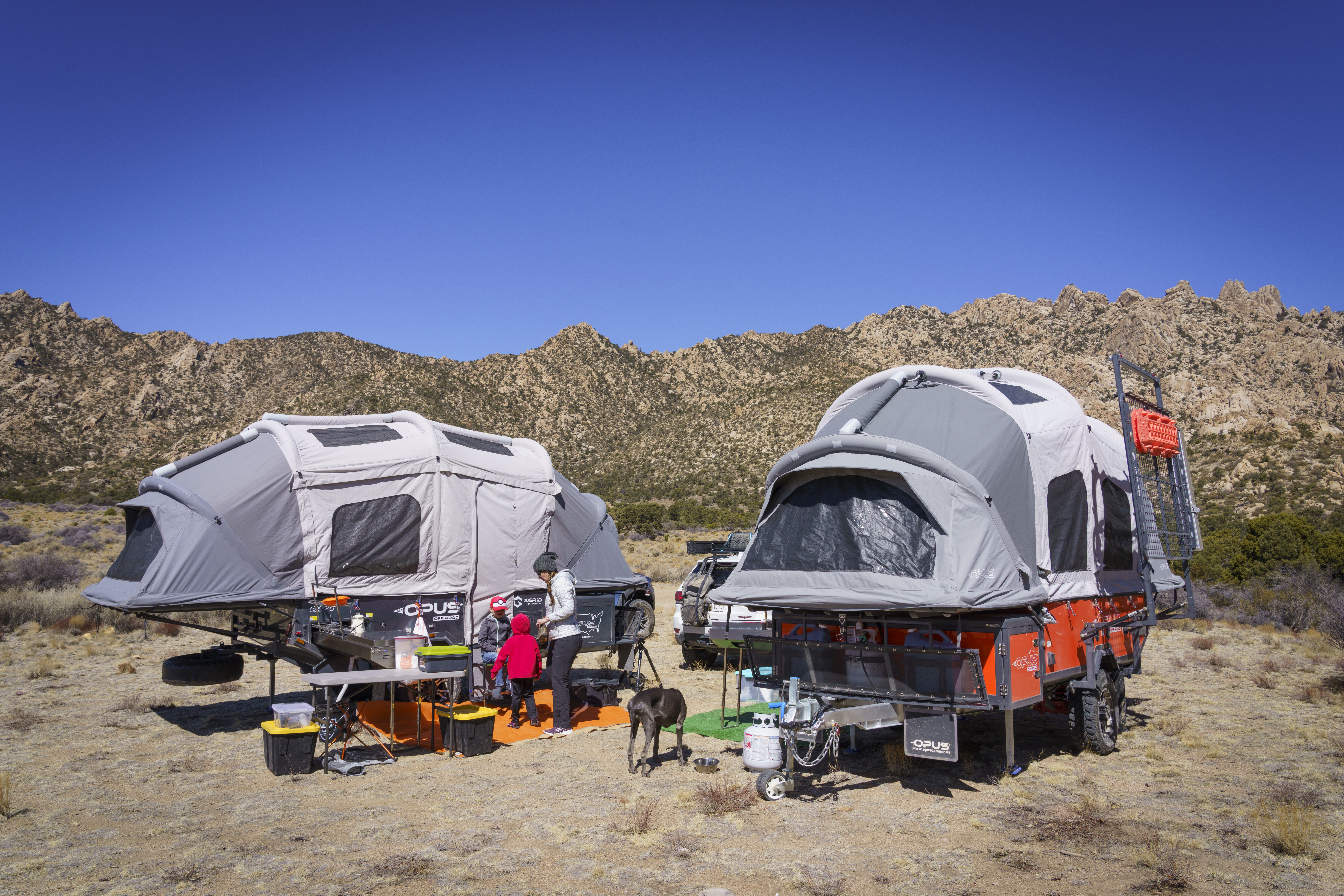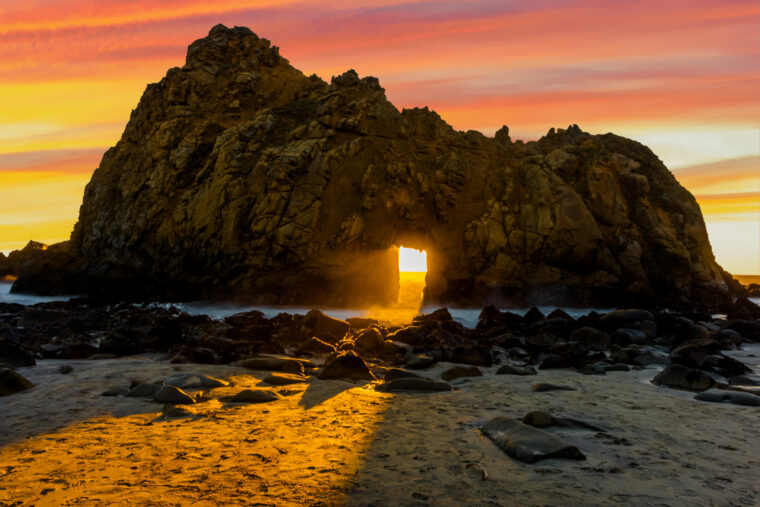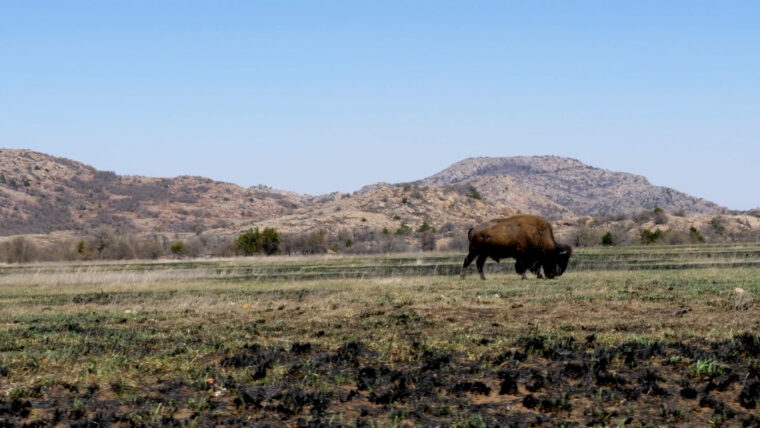Overlanding is becoming an increasingly popular way to explore remote locations in the U.S. by using off-road vehicles that are capable of traversing through difficult terrain. For overlanders, the journey to reach a location is often the biggest part of the adventure. Many overlanders spend the night dispersed camping or boondocking, using an off-grid, self-reliant camping system outside of a designated campsite.
In Nevada, more than half of the state’s terrain is public land managed by the Bureau of Land Management (BLM). And that public land is open to camping—which means that you can choose your personal camping site from 48 million acres of land in the state. With mountain regions, grasslands, lakes, rivers, and deserts, you’re sure to find a camping spot that’s right for you.

What to Know Before You Go Overlanding on BLM Land
Before you head out to go overlanding in Nevada, you need to be prepared with knowledge of the land, gear, a plan for the length of your trip, and a vehicle that can handle unpaved roads.
The Ultimate Guide to BLM Camping With Your RV
There are no camping fees or special permits required for overlanding on public lands in Nevada. You can simply set up camp wherever you’d like—as long as it’s within the boundaries of designated public land. Roadpass Pro members can plan road trips using the public land map overlay feature on Campendium. You can also do research online with the Public Lands Interpretation Association.
BLM managers set a 14-day camping limit within a period of 28 consecutive days for dispersed camping—meaning camping in an area without amenities like water or toilets—so you need to plan your trip accordingly. “Following the 14 days, a person and their personal property must relocate to a site outside of at least a 25-mile radius,” says Miles Gurtler, a BLM recreation planner.
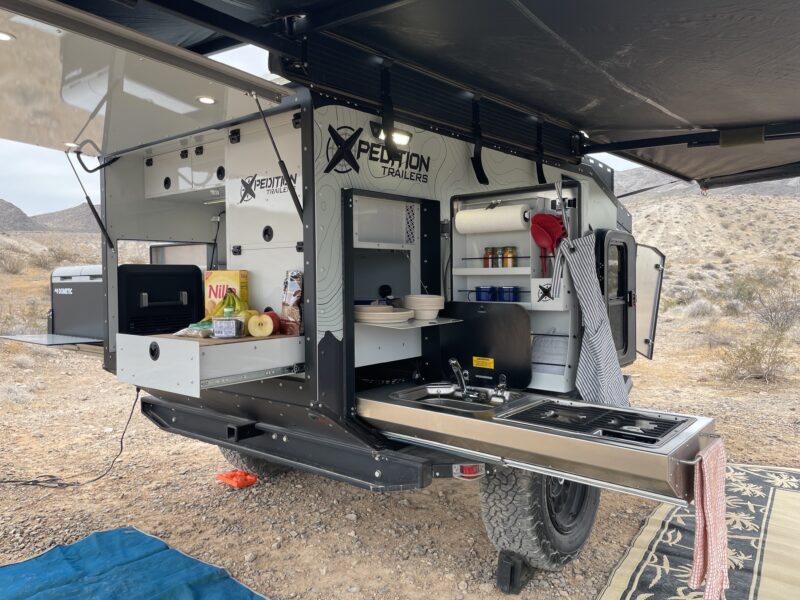
How to Conserve Water When RV Camping
“Campers are asked to follow the Leave No Trace land-use ethics,” he adds. For example, you should plan where to dump your black or gray water tanks, since dumping isn’t allowed on public lands. And as with any camping, minimize campfire impacts and respect wildlife, among other Leave No Trace ethics. By following designated roads and camping areas, you help protect the landscape. You can usually tell if there’s a camping area based on evidence of a fire ring.
What Is Designated Dispersed Camping and Why It Matters to You
Gurtler also says to practice “know before you go,” which includes knowing what gear to bring with you. Pack a first aid kit and basic emergency survival gear like a map, compass, waterproof fire starter, knife, and a whistle. Check weather conditions ahead of time and survey the land before you set up camp.
“Nevada has some really remote corners and there is real potential to get yourself in trouble,” adds Gurtler. “There are a lot of folks who may have recently ‘gotten the gear’ but haven’t developed the knowledge that comes with years of experience recreating in remote areas. So do your research, stay on existing routes, or if there are signs, follow those signs.”
Essential Gear You Need for RVing Off the Grid
There are large portions of Nevada without cell phone service, and gas stations are spread out, so make sure to travel with enough gas and use a physical map. For more tips to stay safe while overlanding, visit Nevada’s BLM website.
Beginner Tips for Overlanding on BLM Land
The BLM uses a Back Country Byways system with access roads that lead to remote areas. Some are passable by car, but many are only accessible by high-clearance vehicles. Familiarize yourself with the four types of designated byways to help you safely navigate public lands. Know ahead of time which type of roads work with your vehicle and camper setup.
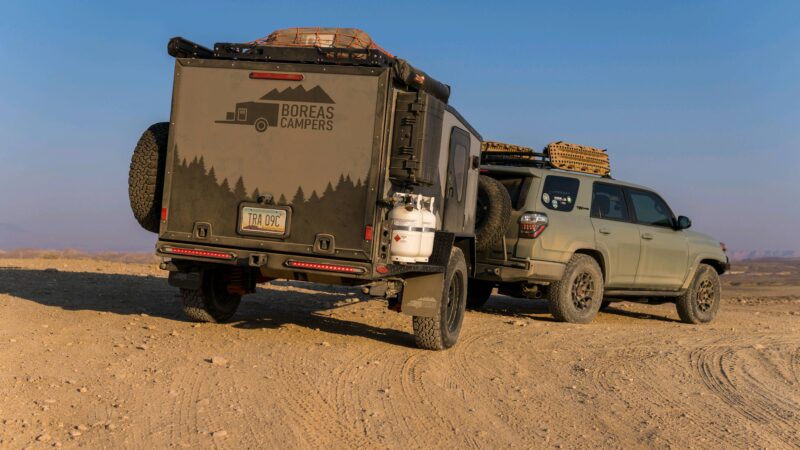
Type 1 byways are paved or have an all-weather surface to accommodate standard cars. Type 2 byways typically aren’t paved, but do have some type of surfacing, and require high-clearance vehicles. Type 3 byways require four-wheel drive or all-terrain vehicles (ATV) to handle grades, tread surfaces, and non-surface roads. Type 4 byways are typically single-track paths that can accommodate dirt bikes, mountain bikes, snowmobiles, or ATVs.
First-time overlanders in Nevada should consider renting a rig that’s appropriate for the conditions. XGRiD Rentals offers three types of rental campers that are ideal for off-grid camping.
“They have independent suspension, more than 30-gallon water tank capacities, lithium batteries with solar panels, articulating hitches, and chef’s style kitchens with all amenities,” says Loren Walker, the CEO and founder of XGRiD. The models are also light enough to tow with a Toyota Tacoma, 4Runner, many SUVs, and even Jeep models, making them popular for backcountry trails.
Rig Roundup: The 6 Best RVs for Going Off the Grid
For novice overlanders, Walker recommends choosing a camping spot near the west entrance of Valley of Fire State Park where longer coaches and van conversions can easily access campsites. It’s also an area with a unique geological history—with orange and red Aztec sandstone outcrops and limestone mountains, it has an other-worldly feel.
Walker offers some other tips for first-time overlanders:
- Plan your route. Have a destination in mind that you know you can access with your level of experience and rig. If it’s a trail or road you’ve never traveled before, scout it out first to know you can safely get there, set up camp, and turn around if towing.
- Be prepared. If you go camping in more remote areas, be prepared with plenty of water, extra fuel, safety and recovery gear, a full-size spare tire, multiple power sources, and a way to communicate without a cell phone signal. Research regulations like where to camp, fire bans, and waste disposal. Make sure you can be self-sufficient.
- Travel with family and friends. Having a second vehicle available is not only safer but can also be more memorable in sharing the experience.
- Expect the unexpected. Know that things may not go the way you anticipated. It’s a useful lesson for kids to have a plan, adapt, and enjoy the outcome.
How to Off-Road Like a Pro in Your Own Vehicle
Nevada is just one of 12 Western states with BLM-managed public land. In total, the BLM oversees 245 million surface acres of public lands. To learn more about camping on public lands in other states, visit the BLM website.
